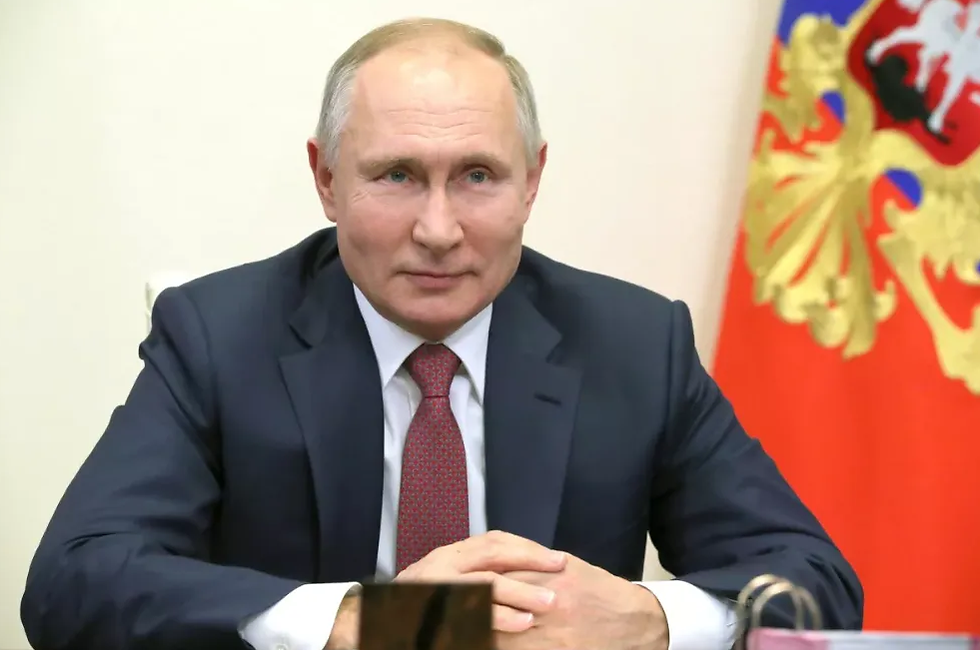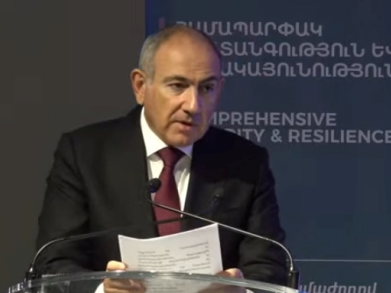A New Chapter in the South Caucasus: Armenia and Azerbaijan Begin Border Demarcation in the TRIPP Project Area
- Times Tengri
- Oct 17
- 4 min read

In the South Caucasus, where mountains and faiths intertwine, a corridor named after a former US president is redefining the regional geopolitical landscape.
Armenian Prime Minister Nikol Pashinyan recently announced that Armenia and Azerbaijan will begin border demarcation in the areas covered by the "Trump International Peace and Prosperity Roadmap" initiative. This decision marks a substantial step toward normalizing relations between the two countries following the August 2025 peace agreement signed in Washington.
Pashinyan clarified that before commencing transportation infrastructure construction in the TRIPP project area, both sides will conduct border surveys and demarcation to precisely define the border between the two countries. He emphasized that the demarcation and transportation route opening processes are being coordinated by the same team of deputy prime ministers, ensuring the synchronization of the pace and continuity of the two negotiations.
01 The Washington Accord and the Birth of the TRIPP Corridor
On August 8, 2025, Armenian Prime Minister Pashinyan and Azerbaijani President Ilham Aliyev signed the "Agreement between Azerbaijan and Armenia on the Establishment of Peace and Interstate Relations" at the White House. This agreement ended the decades-long conflict between the two countries over the Nagorno-Karabakh region and marked a historic turning point in the South Caucasus.
One of the core elements of the agreement was the approval of the construction of a transportation corridor known as the "Trump International Route for Peace and Prosperity." This so-called "Trump Corridor" will pass through Armenian territory, connecting Azerbaijan mainland with its exclave of Nakhchivan.
The TRIPP Corridor is legally under the sovereignty and legal jurisdiction of Armenia, but is being developed and operated by the United States for 99 years. The operational model involves a US consortium leading the construction of railways, pipelines, and fiber optic cables, with private military companies providing security.
02 Demarcation Work Under Great Power Competition
In explaining the demarcation process, Pashinyan specifically noted, "Once transportation connectivity is on the agenda, Azerbaijan will naturally devote more attention and time to it, which may also promote more positive progress in the demarcation process." This statement highlights the interconnected relationship between transportation connectivity and border demarcation.
The demarcation process is progressing against a complex backdrop of intertwined major power interests. The South Caucasus region has traditionally been considered Russia's "backyard," but in recent years, Russia's influence has weakened due to its distraction from the war in Ukraine. Meanwhile, the United States has significantly increased its presence in the region by brokering a peace agreement and promoting the TRIPP corridor.
Iran strongly opposes the TRIPP corridor because it runs close to its northern border. Tehran fears that a long-term presence of external forces, particularly the United States, would alter the geopolitical balance in the South Caucasus and weaken Iran's position in regional transportation and energy corridors.
Russia is cautious about the agreement, emphasizing that South Caucasus affairs should be resolved by regional countries and seeking to maintain its traditional influence.
03 Strategic Considerations of Regional Countries
For Armenia, after its military defeat in 2023, bringing in the United States as a third-party administrator would help counterbalance pressure from Azerbaijan and Turkey and break free from its sole security reliance on Russia. The improved relations between Armenia and Azerbaijan also created the conditions for Pashinyan's historic visit to Kazakhstan.
For Azerbaijan, the agreement legitimizes its 2023 military victory and, through the corridor, provides a land route between the mainland and the Nakhchivan enclave, reducing its dependence on Iran. Furthermore, Azerbaijan can leverage US participation to improve its international image and attract Western investment.
Turkey views the TRIPP corridor as a key link in further connecting Turkey with Central Asia. This will not only strengthen political and military ties between Turkey and Azerbaijan, but also advance its long-advocated "Central Corridor" initiative.
Kazakhstan, as a neutral regional mediator, positively evaluates the Armenia-Azerbaijan peace agreement. As the TRIPP corridor improves connectivity in the South Caucasus, Kazakhstan's role in regional integration is expected to expand from mediation to infrastructure, trade, and energy cooperation.
04 A New Economic Artery Connecting Europe and Asia
The TRIPP corridor will make Armenia a hub connecting Central Asia and Europe. This corridor will not only be a major transportation route but also encompass a multimodal transport system encompassing roads, railways, oil and gas pipelines, fiber optic cables, and power lines.
From a broader perspective, the TRIPP corridor is part of the planned trans-Caspian "Middle Corridor." While several major overland railway lines connecting Asia and Europe pass through Russia, the Middle Corridor Turkey intends to build bypasses Russia.
The success of the entire corridor crucially depends on China, as China is the primary source of goods. This explains why both Armenia and Azerbaijan are actively cultivating relations with China.
In August 2025, Armenia and China also reached an upgrade of diplomatic relations and signed a joint declaration of strategic partnership.
05 Peace Prospects and Challenges Coexist
Although the peace agreement has been signed, its implementation still faces numerous challenges. Nationalist forces in Armenia have criticized the peace agreement, and border demarcation and the legacy of the Second Nagorno-Karabakh War remain sensitive issues.
At the same time, the construction and operation of the TRIPP corridor will face practical difficulties, including complex terrain, huge investment costs, and regional security risks. However, the relevant countries have expressed their determination to seize the current diplomatic window and consolidate long-term cooperation.
The United States' consolidation of strategic influence in the Caucasus through the TRIPP corridor could dilute the traditional influence of Russia and China in the South Caucasus and Central Asia, intensifying competition for regional infrastructure dominance.
For regional countries, the TRIPP corridor presents both opportunities and risks. Central Asian countries such as Kazakhstan may gain more convenient westward access, but they also need to carefully balance the competition among major powers.
With the start of border demarcation, the South Caucasus region is shifting from military confrontation to a new stage of economic development. Whether the TRIPP corridor can become a bridge of connection rather than division, as its supporters hope, will depend on the political wisdom and pragmatic cooperation of all parties involved.
The future landscape of the South Caucasus may no longer be defined by battle lines, but reshaped by roads, trade and investment.







Comments